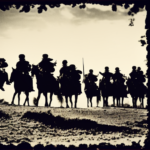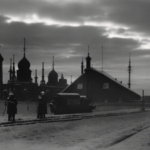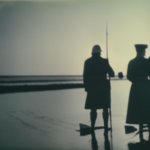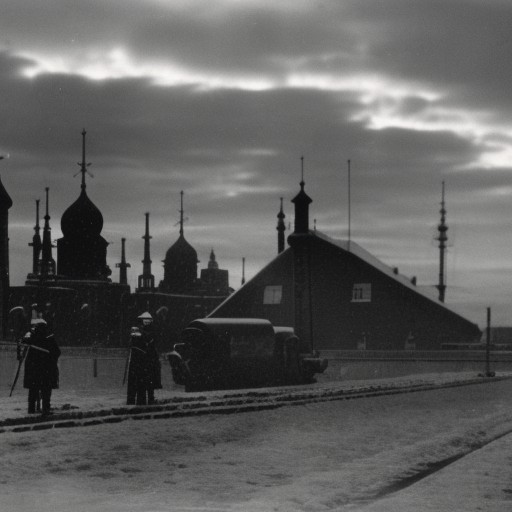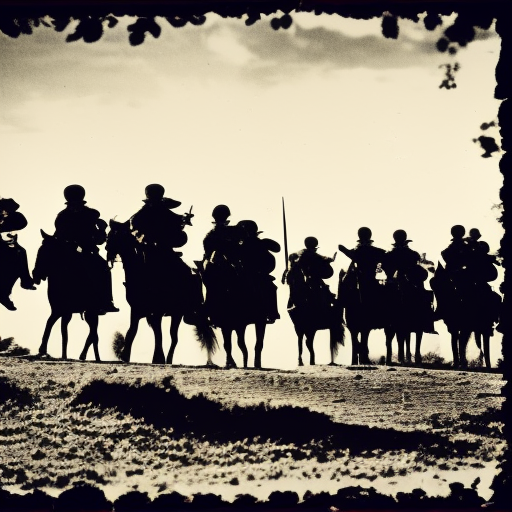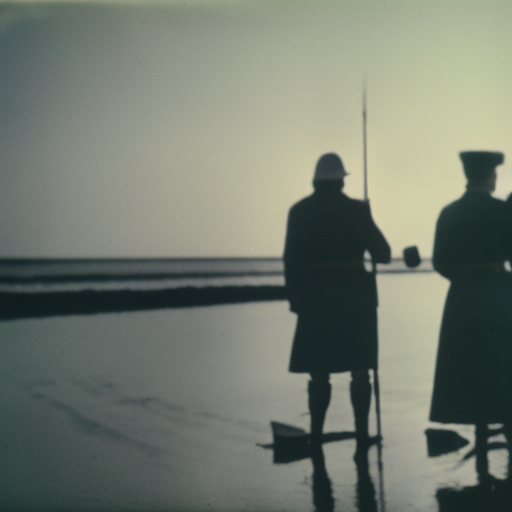The Great Northern War (1700-1721)
The Great Northern War was a conflict that took place from 1700 to 1721, primarily involving Sweden and a coalition of other European powers. It was fought mainly in Northern Europe and had far-reaching consequences for the balance of power in the region.
Background: The war was sparked by a combination of political and territorial disputes. Sweden, under the rule of King Charles XII, had been a dominant power in the Baltic region for decades. However, other countries, such as Russia, Poland-Lithuania, and Denmark-Norway, were eager to challenge Swedish supremacy and gain control over lucrative trade routes.
Outbreak of War: The war began in 1700 when a coalition of Russia, Poland-Lithuania, and Denmark-Norway launched a joint attack on Sweden. The initial phase of the war saw Sweden facing multiple enemies on different fronts. Despite being outnumbered, the Swedish army, led by the young and ambitious King Charles XII, achieved several early victories.
Swedish Dominance: In the early years of the war, Sweden enjoyed significant military success. Charles XII won a series of battles, including the famous Battle of Narva in 1700, where a small Swedish force defeated a much larger Russian army. These victories allowed Sweden to maintain its dominance in the region and secure its control over the Baltic Sea.
Russian Resurgence: However, the tide of the war began to turn in favor of the coalition forces, particularly Russia. Under the leadership of Tsar Peter the Great, Russia underwent significant military reforms and gradually built up a formidable army. The Russian army was able to push back the Swedish forces and regain lost territories.
Polish and Danish Campaigns: While Russia was making gains in the east, Poland-Lithuania and Denmark-Norway also launched campaigns against Sweden. The Polish king, Augustus II, aimed to regain control over territories lost to Sweden, while Denmark sought to reclaim its lost provinces. Both countries achieved limited success but were ultimately unable to achieve their objectives.
Swedish Defeat: The turning point of the war came in 1709 when Charles XII suffered a decisive defeat at the Battle of Poltava against the Russian army. This defeat marked the beginning of the end for Swedish dominance in the region. Charles XII was forced into exile, and Sweden’s territories were gradually lost to the coalition forces.
Treaty of Nystad: The war finally came to an end in 1721 with the signing of the Treaty of Nystad. Sweden was forced to cede significant territories, including Estonia, Livonia, and Ingria, to Russia. The treaty marked the end of Sweden’s status as a major power and established Russia as the dominant force in Northern Europe.
Consequences: The Great Northern War had far-reaching consequences for the countries involved. Sweden’s decline as a major power allowed Russia to expand its influence in the Baltic region. The war also weakened Poland-Lithuania and Denmark-Norway, contributing to their eventual decline as significant European powers.
In conclusion, the Great Northern War was a conflict that reshaped the balance of power in Northern Europe. Sweden’s initial dominance was gradually eroded by a coalition of forces, led by Russia. The war ended with Sweden losing significant territories and Russia emerging as the dominant power in the region. The consequences of the war had long-lasting effects on the political and military landscape of Northern Europe.
